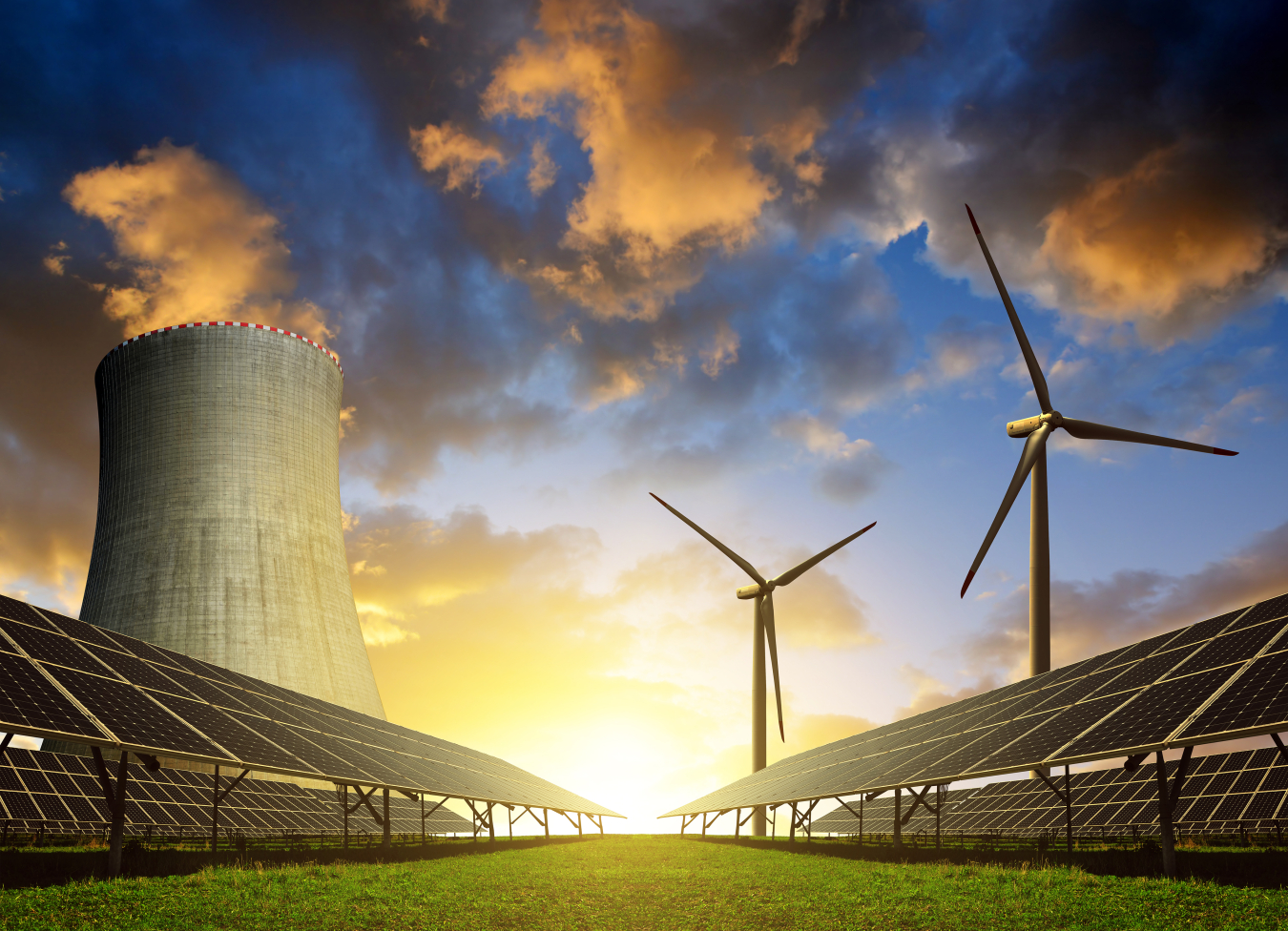Today is National Hydrogen and Fuel Cell Day marking a perfect opportunity to learn more about the Department of Energy’s (DOE) Hydrogen Energy Earthshot, or “Hydrogen Shot”, to make clean and affordable hydrogen a reality.
Office of Energy Efficiency & Renewable Energy
October 8, 2021Today is Hydrogen and Fuel Cell Day marking a perfect opportunity to learn more about the Department of Energy’s (DOE) Hydrogen Energy Earthshot, or “Hydrogen Shot”, to make clean and affordable hydrogen a reality.
Here are five facts you may not know about Hydrogen Shot:
1. It is the first of DOE’s Energy Earthshots
The Energy Earthshots initiative, launched by Energy Secretary Jennifer Granholm in June, is DOE’s effort to set ambitious and achievable targets to make key clean energy technologies affordable in the next decade, as well as create new jobs and tackle the Biden Administration’s energy and climate goals. The first Earthshot – Hydrogen Shot – sets an ambitious yet achievable “1 1 1” goal to reduce the cost of hydrogen to $1 per 1 kilogram in one decade. The Hydrogen Shot is the first of a series of up to eight Energy Earthshots DOE will be launching over the next year.

2. It includes multiple ways to produce hydrogen from domestic energy resources
Hydrogen Shot applies to all hydrogen production pathways under DOE Hydrogen Program’s portfolio. These pathways include hydrogen produced from renewable energy sources including solar and wind, as well as nuclear power, using processes such as electrolysis which use water and electricity as inputs, or advanced technologies that harness heat and light to produce clean hydrogen. Additional pathways convert natural gas or other feedstocks into hydrogen while ensuring emissions are mitigated through carbon capture and storage (CCS) technologies.

3. It also addresses carbon emissions for hydrogen production from non-renewables
Hydrogen Shot will not only lower cost but will also require clean hydrogen. For the case of hydrogen from non-renewables, the Hydrogen Shot is pushing these pathways to lower life-cycle greenhouse gas emissions by at least 90% from current levels. Various processes such as reforming with waste or biomass (with CCS), pyrolysis and other innovations will contribute to helping drive down emissions.

4. It brings together perspectives from diverse people, communities and regions
Achieving Hydrogen Shot is an all-hands-on-deck effort that will require engagement from multiple stakeholders with diverse perspectives, expertise and experience to ensure clean hydrogen benefits are distributed equitably across communities and regions. Through formal Hydrogen Shot requests for information and annual summits and related workshops, the DOE Hydrogen Program is ensuring perspectives from a diverse range of stakeholders, including regional leaders, local groups, environmental justice community members, energy researchers, businesses among others, are brought to the table to inform decisions on future Hydrogen Shot research, development and demonstration activities.


This blog is part of a week-long celebration of Hydrogen and Fuel Cell Day, held annually on October 8 in recognition of hydrogen’s atomic weight of 1.008. Learn how you can celebrate Hydrogen and Fuel Cell Day with DOE.
Sunita Satyapal

Sunita Satyapal is the Director for the U.S. Department of Energy's (DOE's) Hydrogen and Fuel Cell Technologies Office and coordinates activities across offices for the U.S. DOE Hydrogen Program. She is responsible for more than $1.6 billion in hydrogen and fuel cell research, development, demonstration, and deployment (RDD&D) activities within the office and for coordinating more than $9.5 billion in hydrogen activities across DOE. In addition, she led the development of the national clean hydrogen strategy and roadmap and serves as the Director for the Hydrogen Interagency Taskforce, which includes a dozen agencies and is co-chaired by the Deputy Secretary of Energy and the White House Deputy National Climate Advisor. She has more than two and a half decades of experience across industry, academia, and government, including at United Technologies managing RDD&D and business development, and as a visiting professor.
Sunita also coordinates international hydrogen activities as Vice-Chair of the International Partnership for Hydrogen and Fuel Cells in the Economy, a partnership among over 25 countries to accelerate progress in hydrogen and is the U.S. co-lead for hydrogen efforts within the Clean Energy Ministerial and Mission Innovation. She received her Ph.D. from Columbia University and did postdoctoral work in Applied and Engineering Physics at Cornell University. She has numerous publications, including in Scientific American, 10 patents, and several recognitions including a Meritorious Presidential Rank Award in 2015, a Distinguished Presidential Rank Award in 2022, and selected as an Ambassador for C3E, the Clean Energy Education & Empowerment Initiative, to advance the leadership of women in clean energy.
Vanessa Arjona

Vanessa Arjona is an operations manager in the Hydrogen and Fuel Cell Technologies Office (HFTO). In her role, she oversees communications, outreach, and international collaboration projects to increase understanding and awareness of hydrogen and fuel cell technologies, including their role supporting a clean and sustainable energy future for all Americans.
Born and raised in Colombia, Vanessa moved to the U.S. as a teenager with her family but has spent most of her life in Washington D.C. She is a graduate of the George Washington University’s Environmental & Energy Management Program in the School of Engineering and Applied Science.
When Vanessa is not in the office, she is likely planning the next trip to a new country alongside her husband, teaching a dance cardio class in Bethesda, or running on the Capital Crescent Trail.

